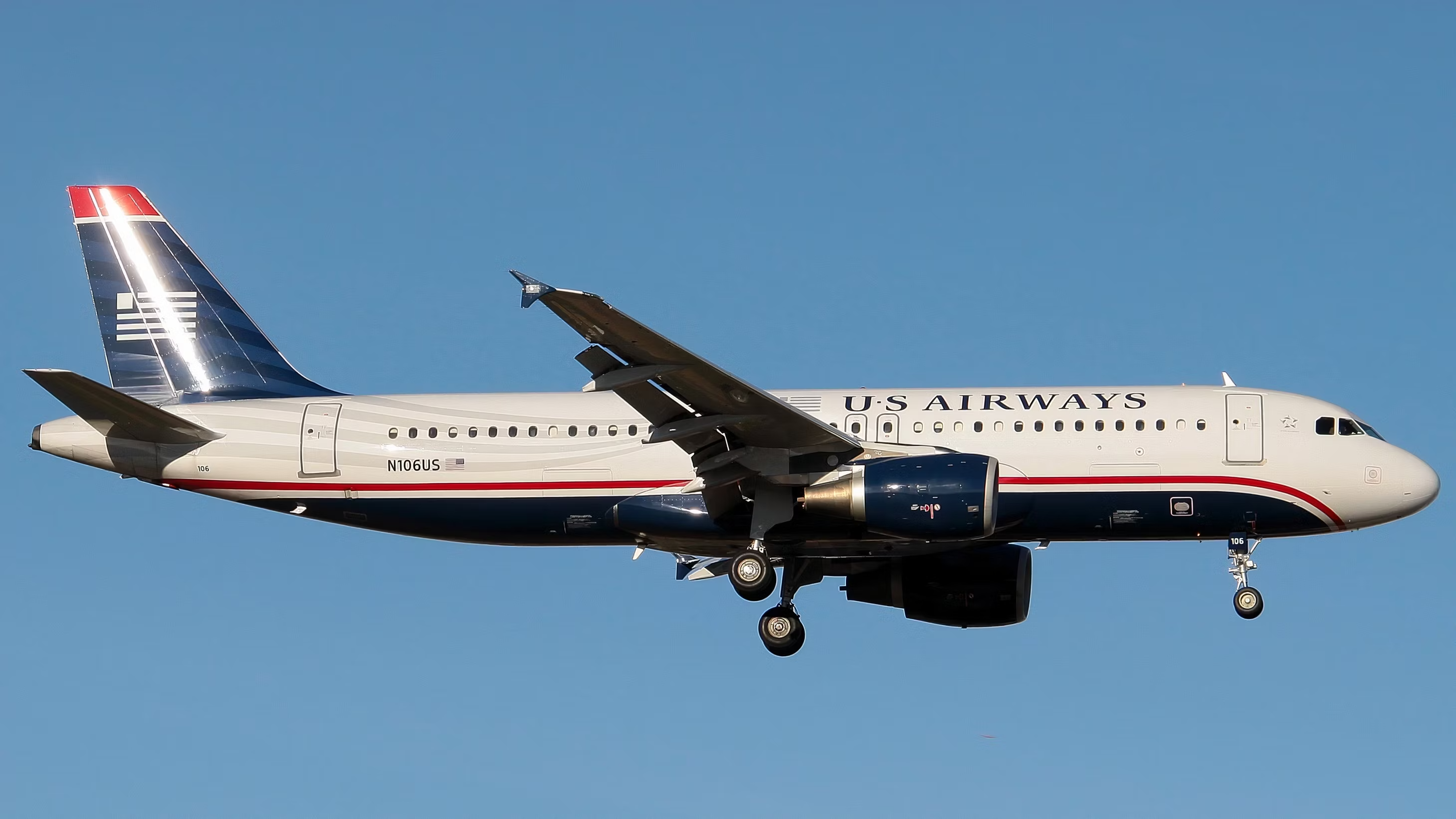The president of the American Airlines pilots union has voiced concerns about the business strategy of the airline.
By September 2005, the airline had operated a fleet of over 140 aircraft, and it maintained a strict operational model that had only one maintenance base at Phoenix Sky Harbor International. Later, regional jets and turboprops would be operated on a codesharing basis by regional partners like Mesa Airlines and Chautauqua Airlines.

A pathway toward the merger that was created by industry conditions
In the fifteen years before America West’s merger with US Airways, there were large-scale changes within the industry that likely made this merger inevitable. America West, alongside many other US airlines, had declared bankruptcy in the early 1990s amid skyrocketing fuel prices, and the airline had never really recovered, even when it emerged under reorganization.

America West was also already struggling by the time the attacks of September 11th happened, and the reduction in commercial air travel that followed would only make the company’s issues more difficult to manage. The carrier was losing market share to its competitors and in 2002 ended an important codeshare arrangement with United Airlines. By 2003, the carrier’s struggles were so extensive that it was forced to shut down its Columbus, Ohio, hub.

US Airways was no stalwart when it acquired America West, as the airline was also struggling and remained under bankruptcy protection at the time of the merger. The airline suffered from many of the same issues, as its long-haul international-oriented network struggled immensely in the years following the attacks of September 11th.

The merger between US Airways and America West Airlines was the pure opposite of a merger like the Virgin America-Alaska Airlines one. This notable merger took place because Virgin America had become so valuable strategically in the market that multiple carriers wanted to buy it and this created a bidding war, even though Virgin America’s founders had not planned on selling the carrier, the deal was eventually too good to pass up.
America West and US Airways merged because both were on their last legs, and neither carrier could attain sustained profitability on its own. As a result, the two carriers joined forces to try one more time, but also eventually failed as American Airlines would eventually take over the new, still struggling US Airways. Let’s take a deeper look at the buildup to this merger and the factors that motivated it.
A merger that offered some opportunities for both parties
One may be under the impression that, given the fact that the brand emerging from the merger was US Airways, America West was fully taken over by the legacy airline. This, however, is not exactly the case. From an organizational perspective, it was America West taking over US Airways, and attempting to breathe new life into its business model by blending it with some of the best benefits of the America West model.

During the merger, America West and US Airways paid off a significant loan balance that the airline owed to the federal government. In late 2001, America West was the first airline to apply for and eventually receive a loan from the Air Transportation Stabilization Board to keep it financially afloat in the years following the September 11th attacks.
The remaining balance of the loan was around $300 million when the merger took place, and it was eventually paid back by the new US Airways after the merger, according to documents from the United States Department of the Treasury. At the time of the merger, America West’s fleet assets were also extensive. The aircraft operated all the following aircraft:
Aircraft type:
Number in America West fleet:
Airbus A319-100
34
Airbus A320-200
57
Boeing 737-300
36
Boeing 757-200
13
An efficient reverse takeover
By 2005, America West Airlines initiated what would later go on to be called a reverse merger with a bankrupt US Airways, and the merger quickly saw America West take over the legacy airline’s operations. America West quickly sought out rebranding changes, including repainting all of its aircraft in US Airways livery and changing the branding on its lounge network.
 Related Why American Airlines & US Airways Merged
Related Why American Airlines & US Airways Merged
The US Airways brand officially disappeared in October 2015, almost two years after its merger with American Airlines.
The carriers soon consolidated their hub network, and by 2007 all bookings were performed under a single platform. The airlines soon began to integrate callsigns, although some aircraft still kept unique suffixes to signify that they had been aircraft operated by either airline before the merger.
The new US Airways got to work in no time, efficiently dropping Las Vegas as a major hub while doubling down on operations out of Phoenix, a hub that would later be inherited by American Airlines, when the two carriers merged in 2013. When the two airlines came together to create one of the world’s largest ever, the original America West “CACTUS” callsign was completely retired and the US Airways brand fully disappeared from American airports.
Source link : http://www.bing.com/news/apiclick.aspx?ref=FexRss&aid=&tid=6722f155b0794ab1862460b8f4473bb4&url=https%3A%2F%2Fsimpleflying.com%2Fwhy-america-west-arlines-stopped-flying%2F&c=11566887563696486197&mkt=en-us
Author :
Publish date : 2024-10-30 14:42:00
Copyright for syndicated content belongs to the linked Source.










